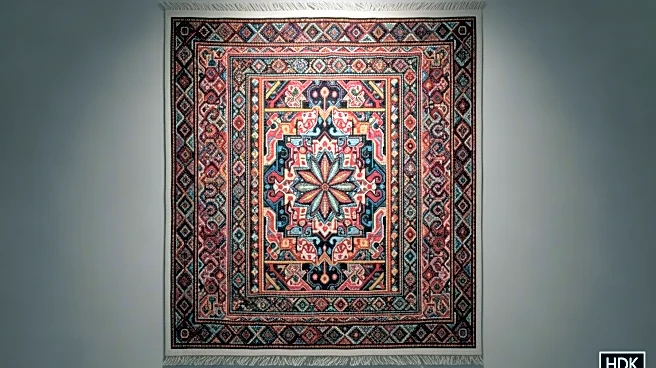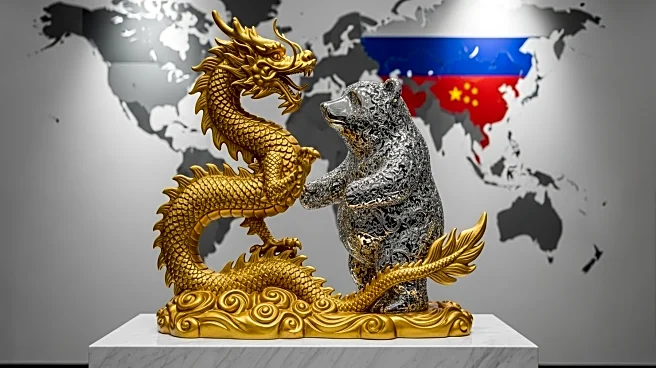What is the story about?
Embroidery has played a significant role in shaping cultural identities and artistic expressions across the globe. In the Islamic world, embroidery was not only an art form but also a symbol
of social status and craftsmanship. Cities like Damascus, Cairo, and Istanbul were renowned for their intricate embroidered items, which included calligraphy, robes, and even leather belts. The craft was so esteemed that the 17th-century Turkish traveler Evliya Çelebi referred to it as the 'craft of the two hands.' This cultural significance extended beyond the Islamic world, influencing embroidery styles in other regions. In India, embroidery has been a vital part of traditional attire, with techniques passed down through generations. The craft's ability to convey personal narratives and document lives through stitched narratives has made it a powerful medium for self-expression, especially for women who lacked access to formal education. Today, embroidery continues to influence modern fashion and design, bridging the gap between traditional craftsmanship and contemporary aesthetics.
For the benefit of users - Parts of this article may include content generated using AI tools. Our teams are making active and commercially reasonable efforts to moderate all AI generated content. Our moderation processes are
improving however our processes are carried out on a best-effort basis and may not be exhaustive in nature. We encourage our users to consume the content judiciously and rely on their own research for accuracy of facts. We maintain that all AI generated content on our platform is for entertainment purposes only. To know more about how we use AI, you can write to us at support_spaces@glance.com
Do you find this article useful?















